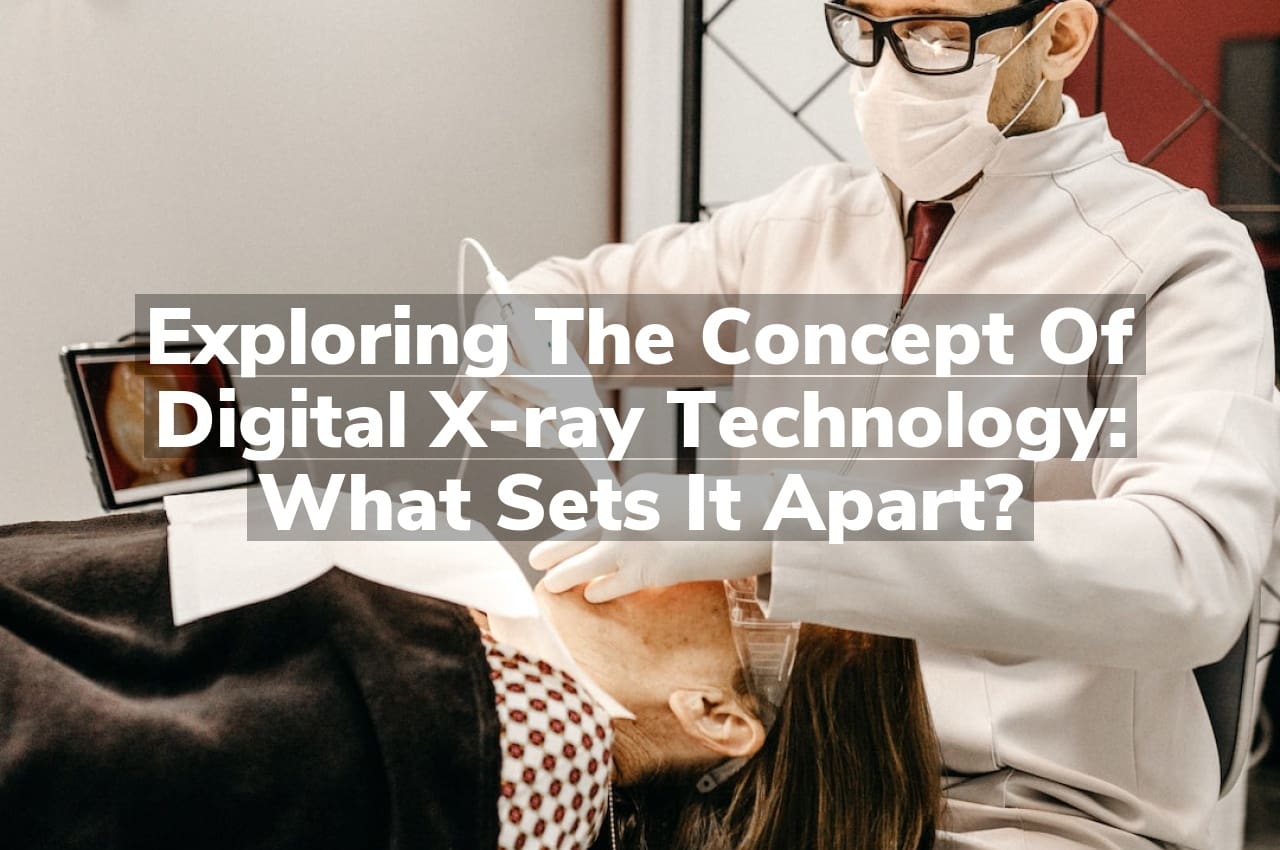Are you curious about how digital x-ray technology is revolutionizing pediatric dental care at Alpine Pediatric Dentistry? This cutting-edge tool not only enhances diagnostic precision but also significantly reduces radiation exposure, ensuring a safer and more comfortable experience for our young patients.
Digital X-Ray Basics and Evolution
Digital X-ray technology represents a significant leap from traditional film-based radiography, offering a multitude of advantages that have revolutionized diagnostic imaging. At its core, digital X-ray systems utilize digital image capture devices instead of conventional photographic film. This means images can be viewed immediately after exposure, without the need for chemical processing. The evolution of digital X-ray technology has been marked by continuous improvements in image quality, reduction in exposure times, and the ability to manipulate images post-capture for better diagnostics. These advancements not only enhance the efficiency of medical examinations but also contribute to a more streamlined workflow in medical facilities.
As digital X-ray technology continues to evolve, so does the conversation around its safety and efficacy. A common question that arises is the level of radiation exposure associated with digital X-rays compared to traditional methods. Addressing such concerns, resources like Demystifying the safety concern: Do digital x-rays involve radiation exposure? provide valuable insights into the safety measures and technological advancements that minimize risk to patients. With digital systems often requiring less radiation than their film counterparts, the shift towards digital is not only a matter of convenience but also a step forward in patient care.
Image Quality and Resolution Enhancements
Digital X-ray technology has revolutionized the field of medical imaging by providing significant improvements in image quality and resolution. Unlike traditional film-based X-rays, digital X-rays use electronic sensors to capture images, which can then be instantly viewed and enhanced on a computer. This advancement allows for greater detail and clarity, making it easier for radiologists and medical professionals to diagnose conditions with precision. The higher resolution of digital X-rays means that even the smallest anatomical structures can be seen more clearly, reducing the need for retakes and additional exposure to radiation.
Moreover, digital X-ray technology incorporates advanced image processing algorithms that enhance contrast, sharpen edges, and reduce noise in the images. These enhancements contribute to more accurate diagnoses and better patient outcomes. The ability to manipulate the digital images also aids in identifying and monitoring the progression of diseases or injuries over time. For those seeking state-of-the-art diagnostic services, Affordable Digital X-Rays in Lincolnton provide access to these high-quality imaging solutions, ensuring that patients receive the best care with the latest technology available.
Speed and Efficiency in Diagnostics
Digital X-ray technology has revolutionized the field of medical imaging by significantly enhancing the speed and efficiency of diagnostic procedures. Unlike traditional film-based X-rays, digital systems capture images instantaneously and make them available for review within seconds, eliminating the time-consuming development process. This rapid image acquisition not only accelerates patient throughput but also allows for quicker diagnosis, enabling healthcare providers to make informed decisions faster. Moreover, the ease of transferring and sharing digital images streamlines collaboration among medical teams, further expediting patient care. The efficiency of digital X-rays is not just about speed; it also reduces the need for retakes due to their superior image quality and adjustability, ensuring that patients are exposed to less radiation and experience a more comfortable diagnostic process.
Radiation Dose Reduction Benefits
One of the most significant advantages of digital x-ray technology is its ability to reduce radiation exposure to patients. Unlike traditional film-based x-rays, digital systems require a much lower dose of radiation to produce high-quality images. This reduction is paramount for patient safety and is particularly beneficial for individuals who require frequent imaging, such as those with chronic conditions. By minimizing radiation exposure, digital x-ray technology not only ensures clearer and more precise diagnostic images but also aligns with the medical community’s commitment to the “As Low As Reasonably Achievable” (ALARA) principle, which aims to protect patients from unnecessary radiation. The integration of advanced sensors and software optimization in digital x-ray systems plays a crucial role in achieving these dose reductions without compromising image quality, setting a new standard in radiographic imaging practices.
Integration with Modern Healthcare IT
Digital x-ray technology stands out in the medical field due to its seamless integration with modern Healthcare Information Technology (HIT) systems. This synergy enhances patient care by enabling rapid image processing, easy storage, and instant access to x-ray results within electronic health records (EHRs). The compatibility with Picture Archiving and Communication Systems (PACS) allows for efficient image management and sharing across different healthcare providers, facilitating better collaboration and more informed decision-making. Moreover, the integration supports advanced analytics and AI tools, which can aid in early diagnosis and personalized treatment plans, marking a significant leap from traditional film-based x-rays towards a more connected and efficient healthcare ecosystem.
Conclusion
For a brighter, healthier smile for your child, embrace the advantages of digital x-rays at Alpine Pediatric Dentistry; call us at 704-479-6777 or read our reviews on Google Maps.





